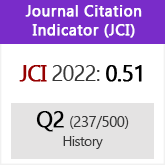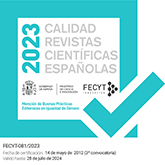Nobleza y fiscalidad en la Ruta de las Indias: el emporio señorial de Sanlúcar de Barrameda (1576-1641)
DOI:
https://doi.org/10.3989/aeamer.2007.v64.i2.80Keywords:
nobility, power, Medina Sidonia, fiscal policy, commerce, institutionsAbstract
This article studies the influence that a relevant seigneurial emporia, as it was Sanlúcar de Barrameda —residence of the Dukes of Medina Sidonia—, had in the implementation and development of the commercial institutions of the Carrera de Indias. In general terms, we suggest a review of this complex taking into account the difficult praxis of the royal politics in an area as much discontinuous —from the point of view of the jurisdiction— as it was the Lower Andalusia. The period chosen goes from the first royal attempts to inquiry in the South Atlantic commerce, to the fall of the IX duke in 1641 accused of conspiracy.
Downloads
Download data is not yet available.
Downloads
Published
2007-12-30
How to Cite
Salas Almela, L. (2007). Nobleza y fiscalidad en la Ruta de las Indias: el emporio señorial de Sanlúcar de Barrameda (1576-1641). Anuario De Estudios Americanos, 64(2), 13–60. https://doi.org/10.3989/aeamer.2007.v64.i2.80
Issue
Section
Articles
License
Copyright (c) 2007 Consejo Superior de Investigaciones Científicas (CSIC)

This work is licensed under a Creative Commons Attribution 4.0 International License.
© CSIC. Manuscripts published in both the printed and online versions of this Journal are the property of Consejo Superior de Investigaciones Científicas, and quoting this source is a requirement for any partial or full reproduction.All contents of this electronic edition, except where otherwise noted, are distributed under a “Creative Commons Attribution 4.0 International” (CC BY 4.0) License. You may read here the basic information and the legal text of the license. The indication of the CC BY 4.0 License must be expressly stated in this way when necessary.
Self-archiving in repositories, personal webpages or similar, of any version other than the published by the Editor, is not allowed.















